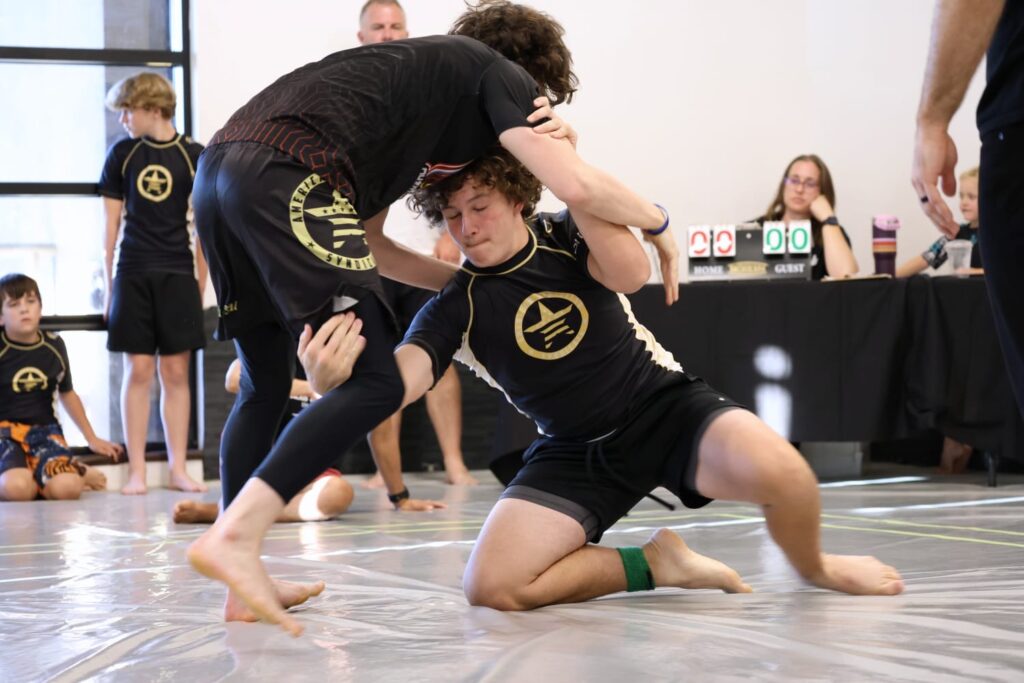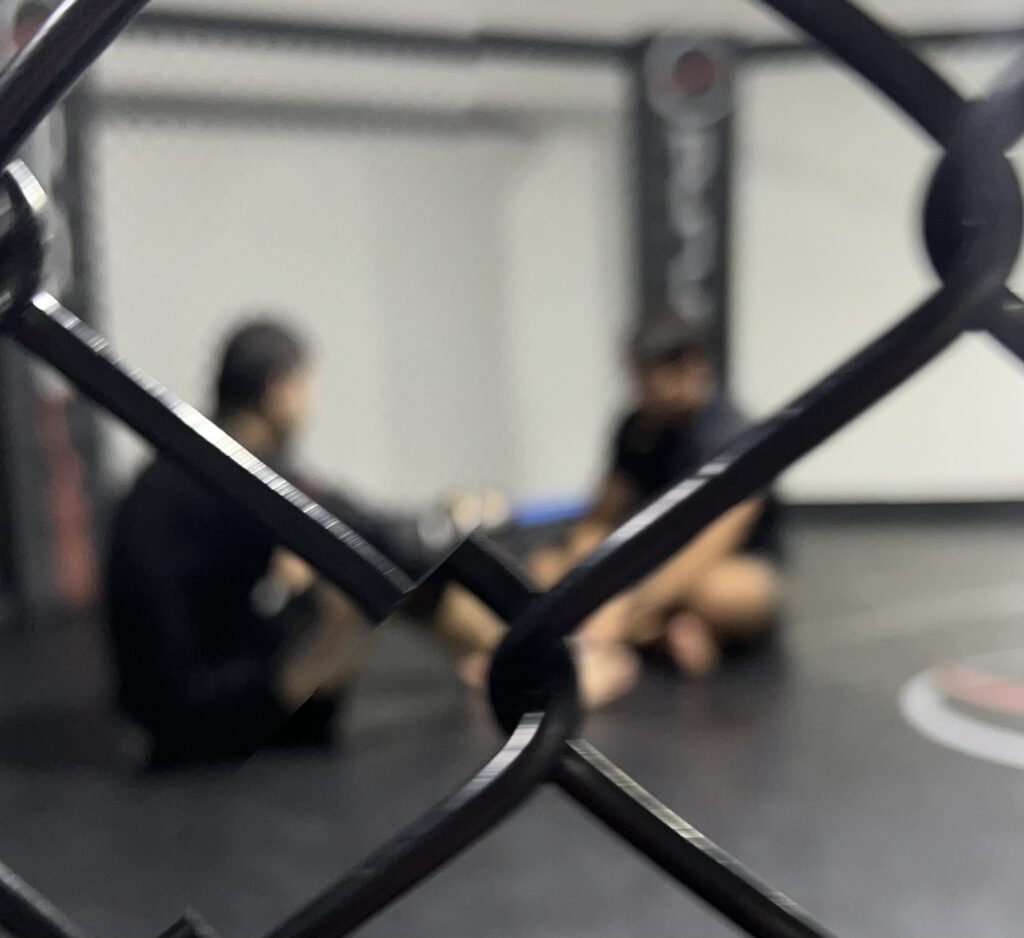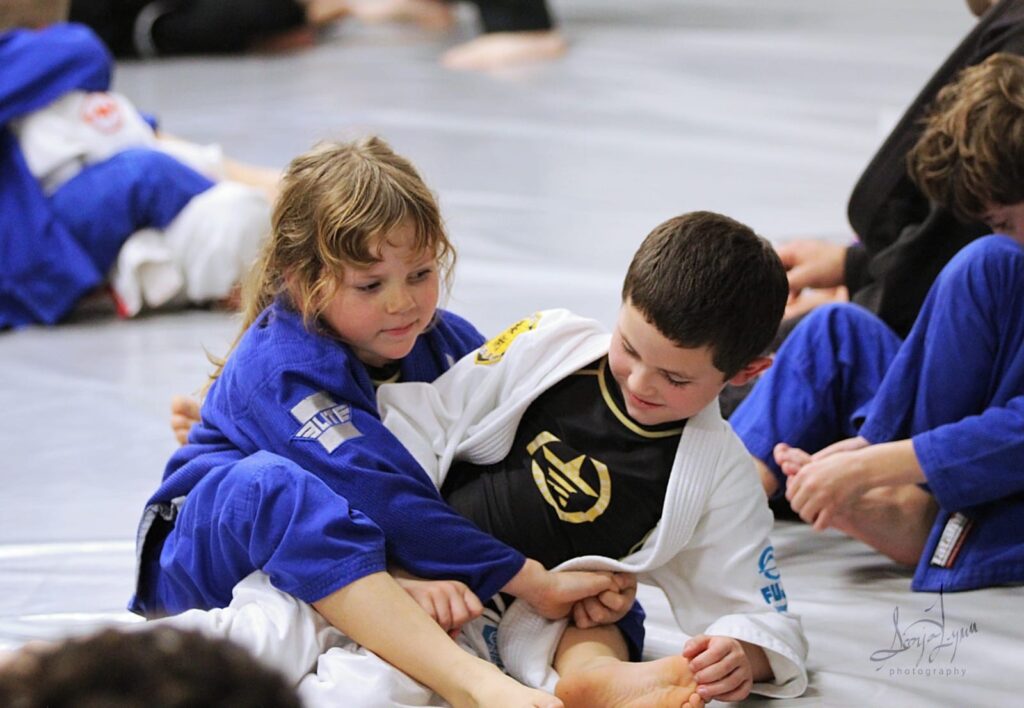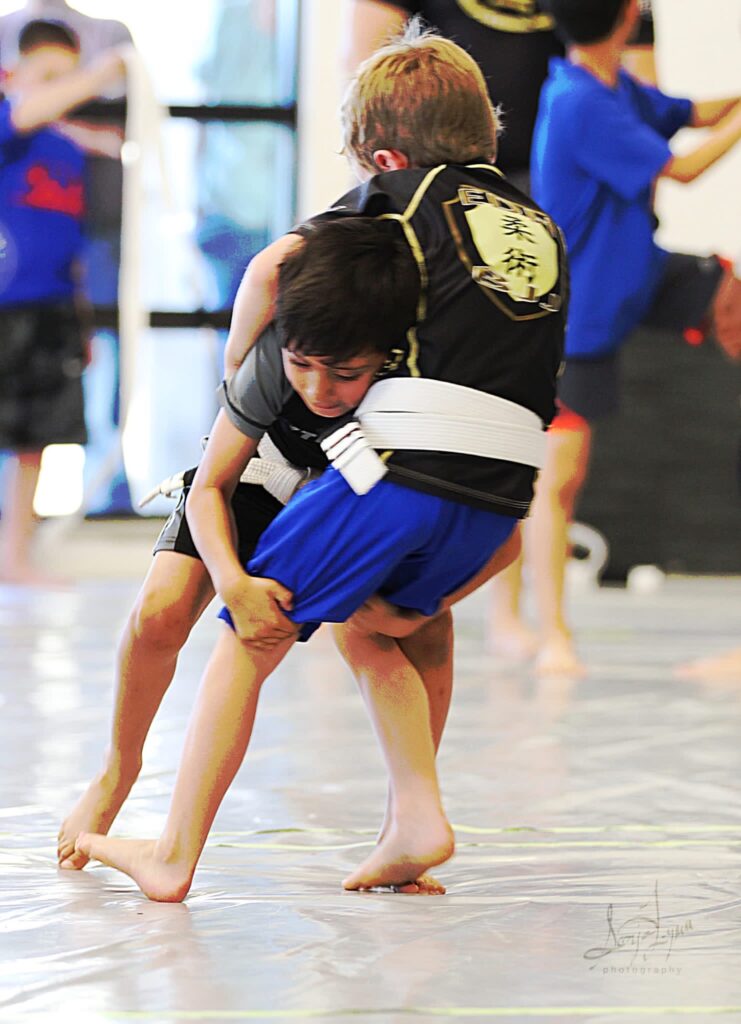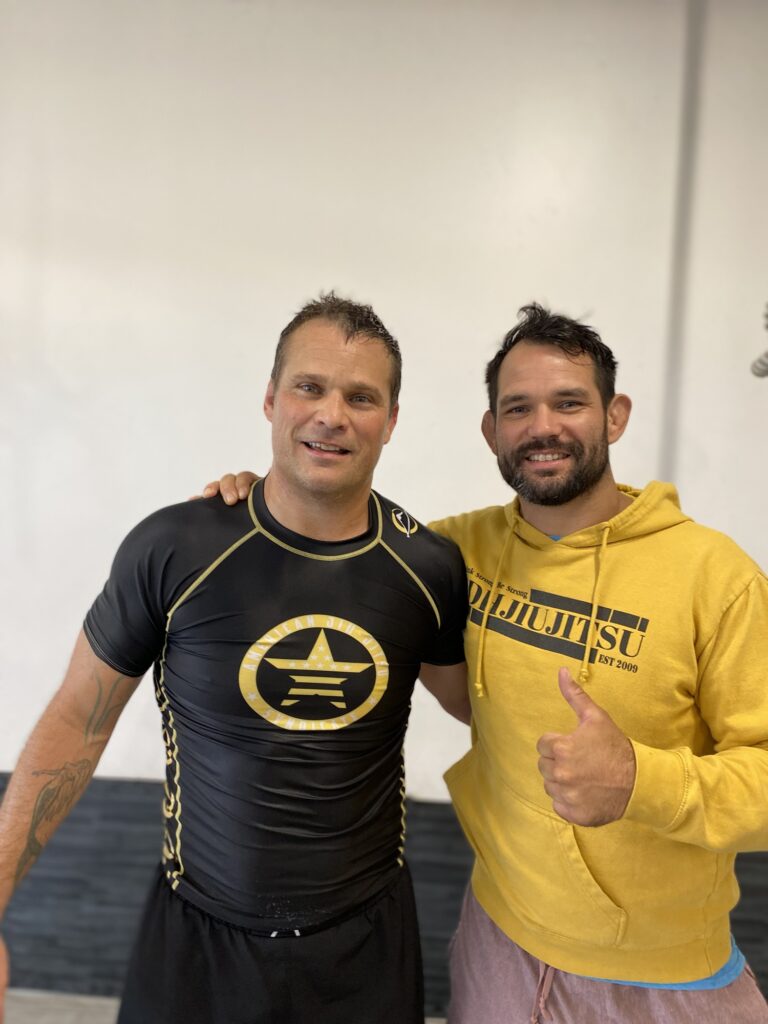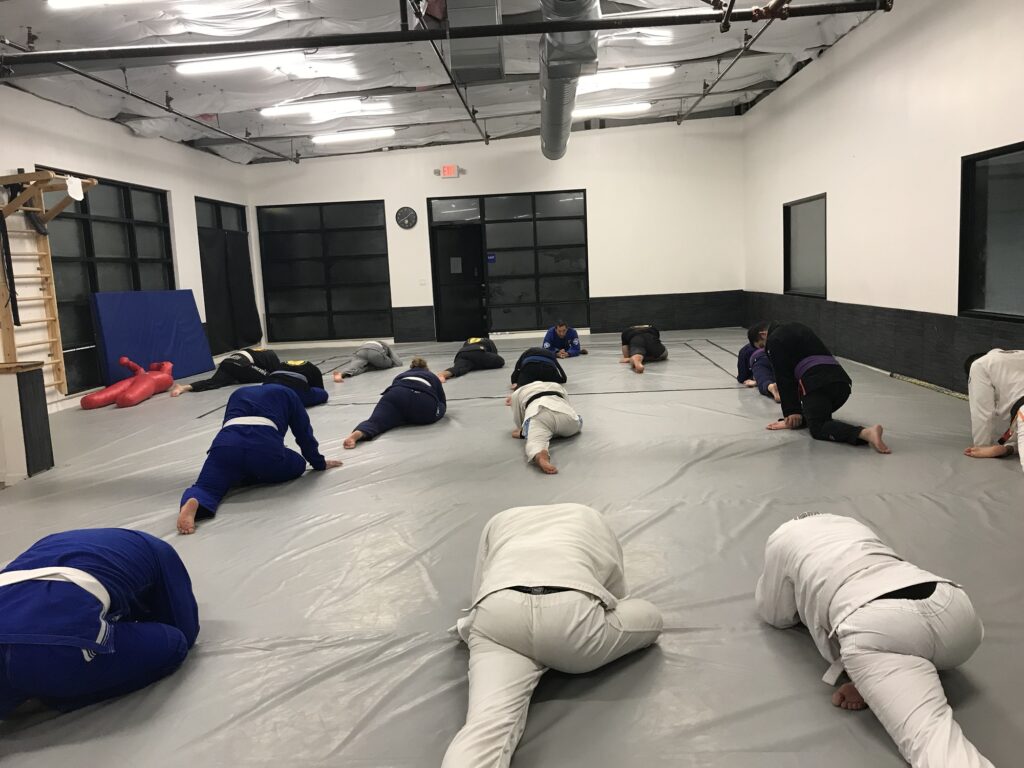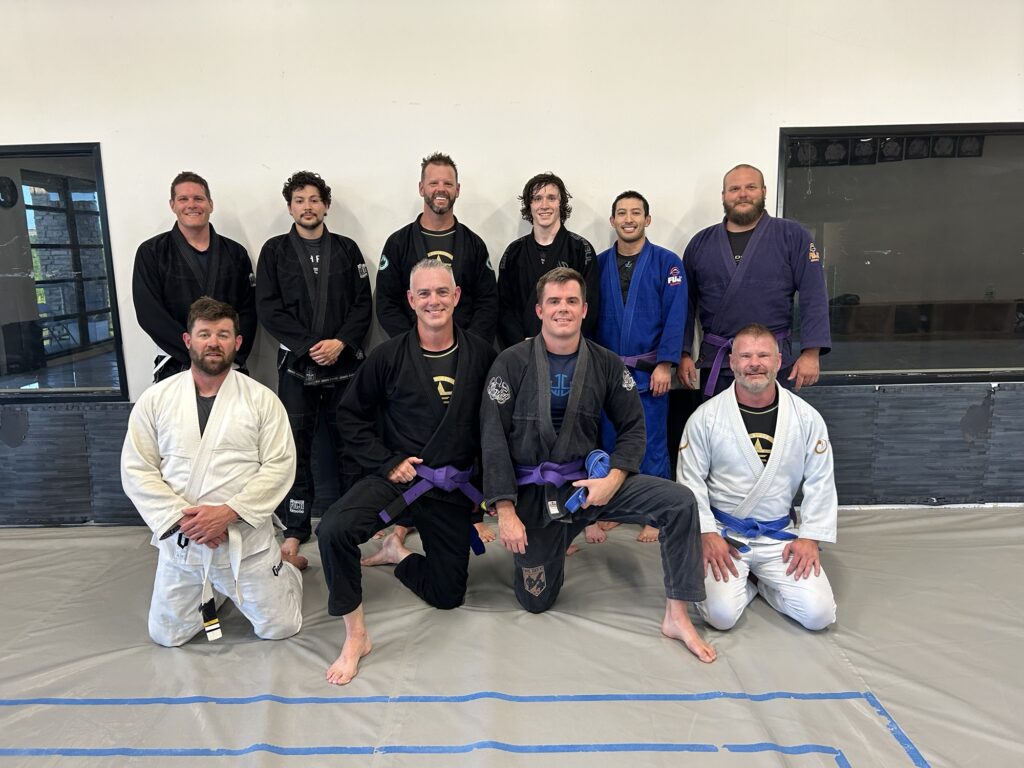At El Dorado Hills Jiu Jitsu, we often look beyond the mats for inspiration and lessons that can enrich our training and mindset. One source of wisdom that resonates deeply is the philosophy of Ichiro Suzuki, one of the greatest baseball players of all time. Ichiro’s relentless discipline, precision, and mindset offer lessons that extend far beyond the baseball diamond and into the world of Jiu Jitsu.
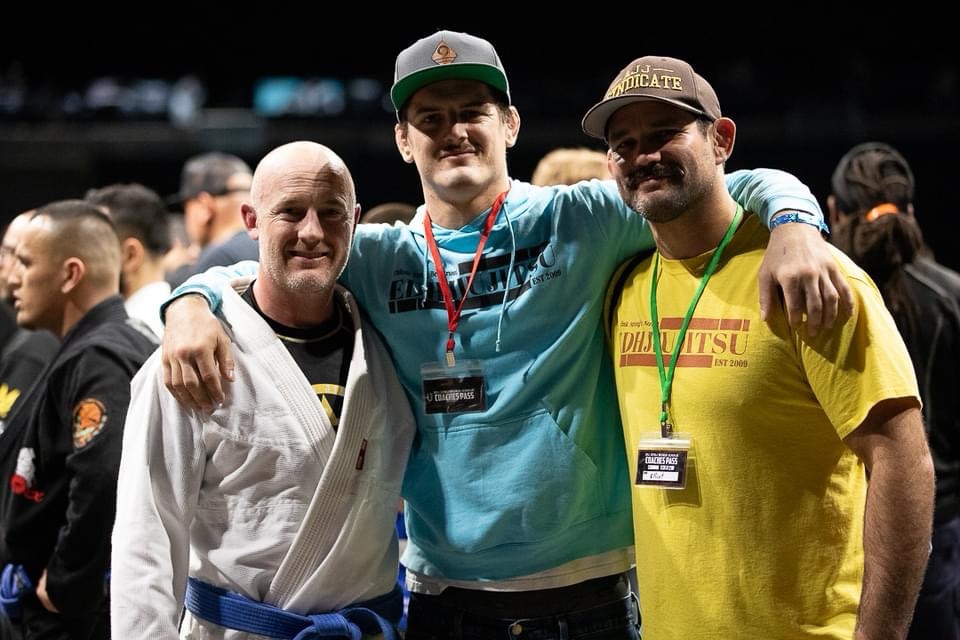
1. Mastery Through Repetition
Ichiro was known for his meticulous practice routines. From his iconic swing to his warm-up stretches, every motion was performed with precision, over and over again. He once said, “I don’t count how many swings I take. I only count the perfect ones.”
In Jiu Jitsu, repetition is the cornerstone of mastery. Drilling the same move hundreds of times, refining every detail, and striving for perfection is how we develop techniques that work under pressure. Ichiro reminds us that it’s not about doing more but about doing it better.
2. Attention to Detail
Ichiro’s attention to detail extended to everything he did, from choosing the right bat to preparing his meals. This level of care translates directly to Jiu Jitsu, where small adjustments—like hand placement or angle of attack—can be the difference between success and failure.
When we teach techniques at El Dorado Hills Jiu Jitsu, we want to consider these details. Just as Ichiro never overlooked the small things, we encourage our students to focus on the finer aspects of their game, knowing these add up to major improvements.
3. Consistency Over Flashiness
Ichiro’s career wasn’t defined by flashy home runs but by consistency. He holds the record for most hits in a single MLB season, not because of one big moment, but because he performed day in and day out.
In Jiu Jitsu, it’s easy to get caught up in chasing highlights—like hitting a flashy submission—but true progress comes from showing up consistently, putting in the work, and trusting the process. As we tell our students: “The best ability is availability.”

4. Humility in Greatness
Despite his incredible achievements, Ichiro remained humble throughout his career. He respected the game, his teammates, and his opponents. He understood that greatness wasn’t just about talent but about character.
This humility is a core value in Jiu Jitsu. Whether you’re a white belt or a black belt, respecting your training partners and maintaining a growth mindset are essential. Ichiro’s example reminds us that true greatness lies in how we carry ourselves, both on and off the mats.
5. Love for the Process
Perhaps most importantly, Ichiro loved the game. His passion for baseball fueled his dedication and perseverance. This love for the process is something we cultivate at El Dorado Hills Jiu Jitsu.
Jiu Jitsu is a journey, not a destination. The joy comes from the daily grind, the small victories, and the bonds we form with our teammates. As Ichiro showed us, when you love what you do, success follows naturally.

Bringing Ichiro’s Philosophy to the Mats
At El Dorado Hills Jiu Jitsu, we strive to embody the principles that made Ichiro a legend. By focusing on repetition, attention to detail, consistency, humility, and a love for the process, we not only grow as martial artists but also as individuals.
So the next time you step on the mat, channel your inner Ichiro. Focus on the little things, embrace the grind, and remember that greatness is built one step at a time.

